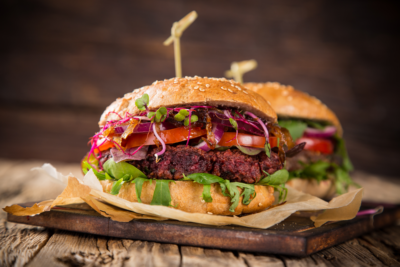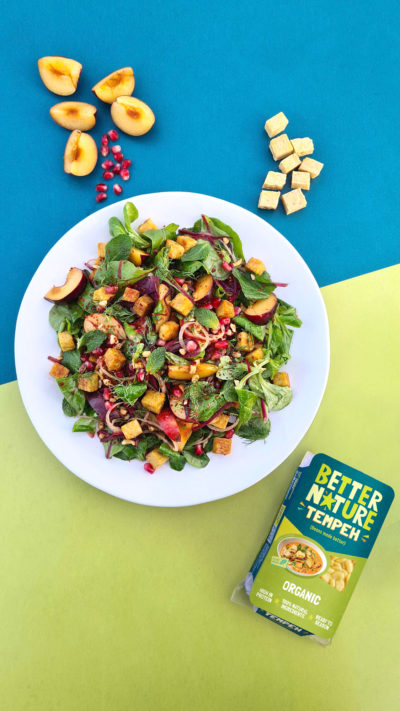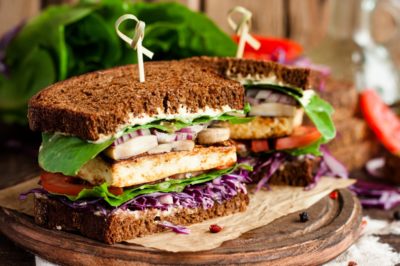Not sure how to cook seitan or whether it’s healthy? We answer all your questions in this blog
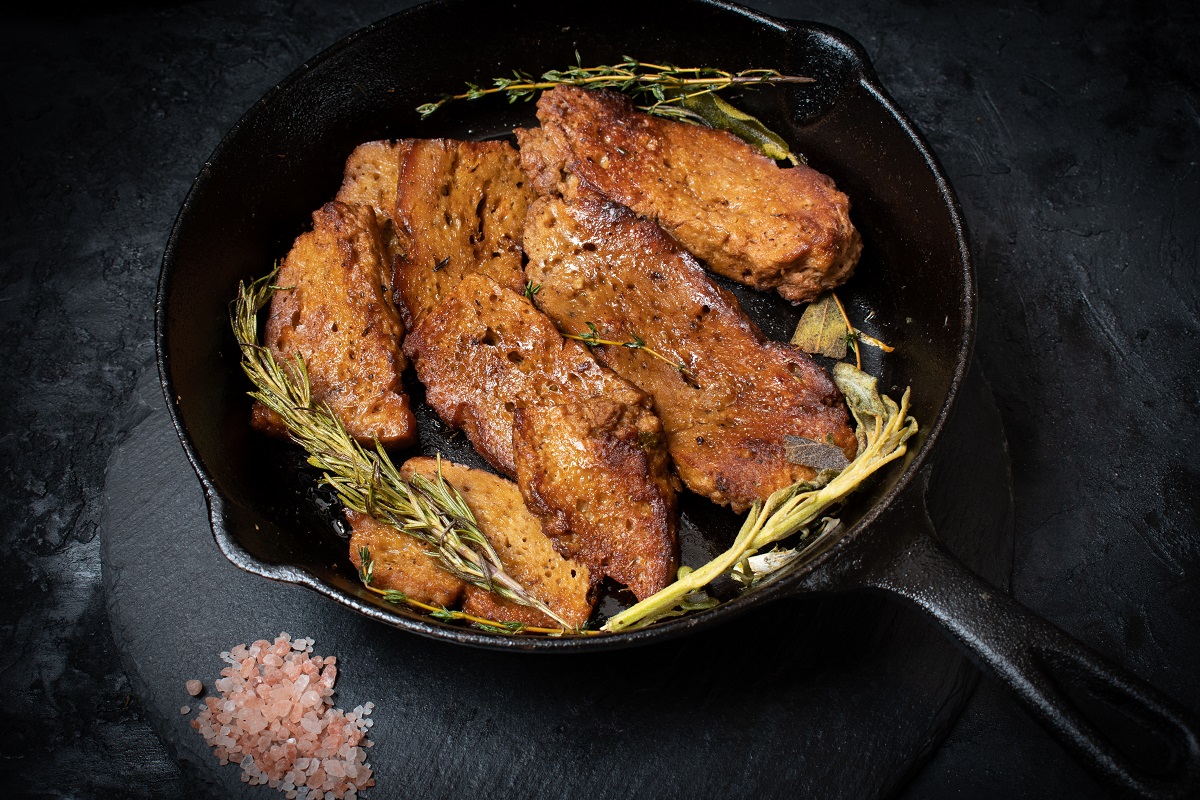
Exploring plant-based food means embracing a world of new ingredients, flavours and textures. Seitan is just one of many vegan staples used as a meat alternative and protein source. As well as its meat-like properties, it also offers an impressive nutritional profile.
If you’re new to veganism and not sure where to start with seitan, you’re not alone! We’ve put together a guide to all things seitan, including how it’s made, how healthy it is and how to cook with it.
What is Seitan Made Of?
Seitan is a popular substitute for meat made with vital wheat gluten. The wheat flour is mixed with water, then made into a dough-like texture. The dough is then rinsed to remove the starch, which leaves gluten protein behind.
Even though seitan is a new ingredient to many people who are exploring vegan food for the first time, wheat gluten has been used as a meat substitute for hundreds of years in some Asian cultures. Seitan has a firm, chewy texture that can mimic meat in various dishes, such as burgers, hot dogs and sandwich slices. It is also known for its savoury taste and can absorb flavour from sauces and seasonings very well.
Many vegan options at supermarkets and restaurants use seitan to replace meat, but you can also buy unflavoured seitan on its own and cook it however you like.
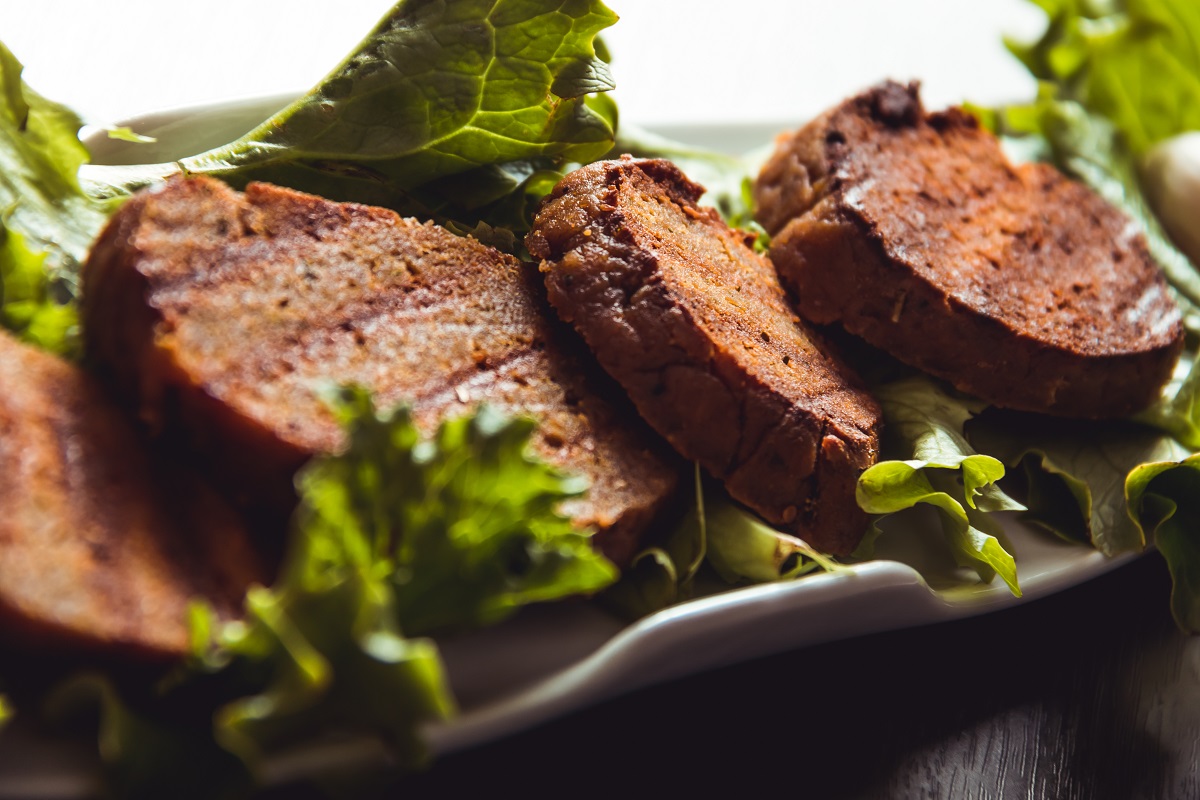
Is Seitan Healthy?
Seitan is a great source of plant-based protein and low in carbohydrates and fat, so it can be a healthy addition to a vegan diet. It has fewer calories and a lower fat content than some meats, such as beef steak, but almost the same amount of protein.
Many people who are new to plant-based eating are concerned about whether meat alternatives are healthy, as some ultra-processed substitutes are high in salt. Seitan is a minimally processed food, but if salt content is a concern for you, choose seitan products with low salt content or even make your own!
Seitan Nutrition Per 100g:
- Protein – 24.7g
- Fat – 2.35g
- Carbohydrates – 5.88g
- Iron – 5mg
- Calcium – 24mg
- Saturated fats – 0g
- Cholesterol – 0mg
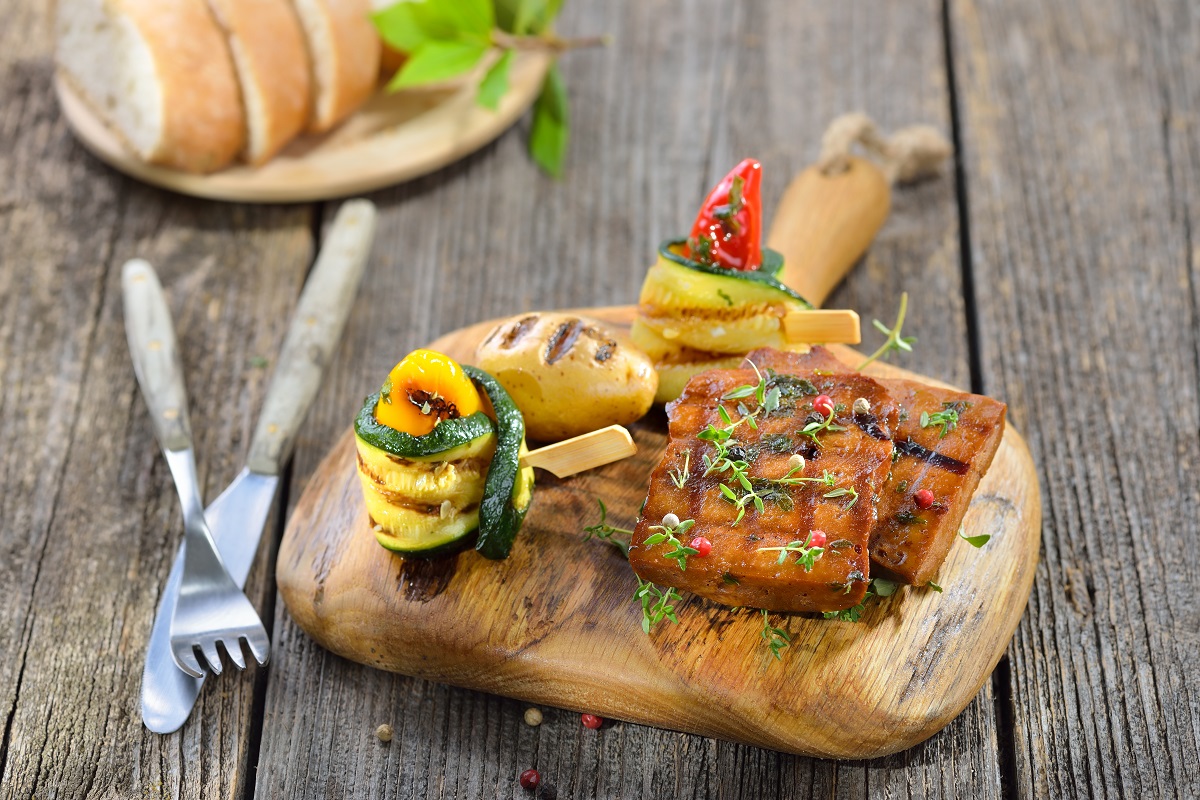
Seitan vs Tempeh
Not sure which vegan meat alternative is the best one for you? Seitan is similar to other meat alternatives such as tempeh and tofu, and although they are all great sources of plant-based protein, there are some differences.
As seitan is made from wheat gluten, it’s unsuitable for those with Coeliac disease or a gluten intolerance. On the other hand, tempeh is made with soy, making it suitable for cooking gluten-free meals. Seitan and tempeh are also made in very different ways: tempeh is a fermented product and has an earthier taste than seitan.
Both tempeh and seitan have similar protein content per 100g, but seitan is higher in carbohydrates and sodium than tempeh. However, both are tasty and versatile alternatives to meat and can be part of a healthy plant-based diet. Choosing between them is a matter of personal preference!
How to Cook Seitan
Seitan is often sold in log or block form, and how you cook it depends on what you want to achieve with it. You can slice it for sandwich meat, cut it into strips for stir fry or fajitas, crumble it in Bolognese or tacos, or even use it on BBQ skewers.
Here are our top tips for cooking seitan:
- Sauté – For a recipe that calls for seitan strips or chunks, you can simply sauté it in oil on a medium heat for about five minutes until it’s browned on all sides.
- Baking – For a firm and crispy texture, you can bake seitan in the oven at around 180°C – 200°C. Baking can dehydrate the seitan and it will become try and tasteless if you leave it in the oven for too long, so ensure you marinate it beforehand and keep an eye on it.
- Grilling – Yes, you can grill seitan! Cut it into your desired shape, marinate it and cook under the grill until it’s done. Don’t leave it under for too long to prevent it from drying out.
- Deep frying – Make your own fried chick’n by deep frying seitan in homemade batter. Just cook until it’s perfectly crispy and chewy.
- Simmering – Simmer a large portion of seitan in water combined with seasonings of your choice, which will allow it to soak up all the flavours as it cooks. You’ll be left with a smooth texture that makes it ideal for a range of meaty dishes.
- Don’t let it dry out – If you overcook seitan, it will become tough, chewy and dry, which is not what you want! Marinating it beforehand will help it retain moisture as it cooks.
- Add flavour – As mentioned above, seitan is really good at absorbing flavour. Let it cook in seasonings and sauces to achieve the taste you want.
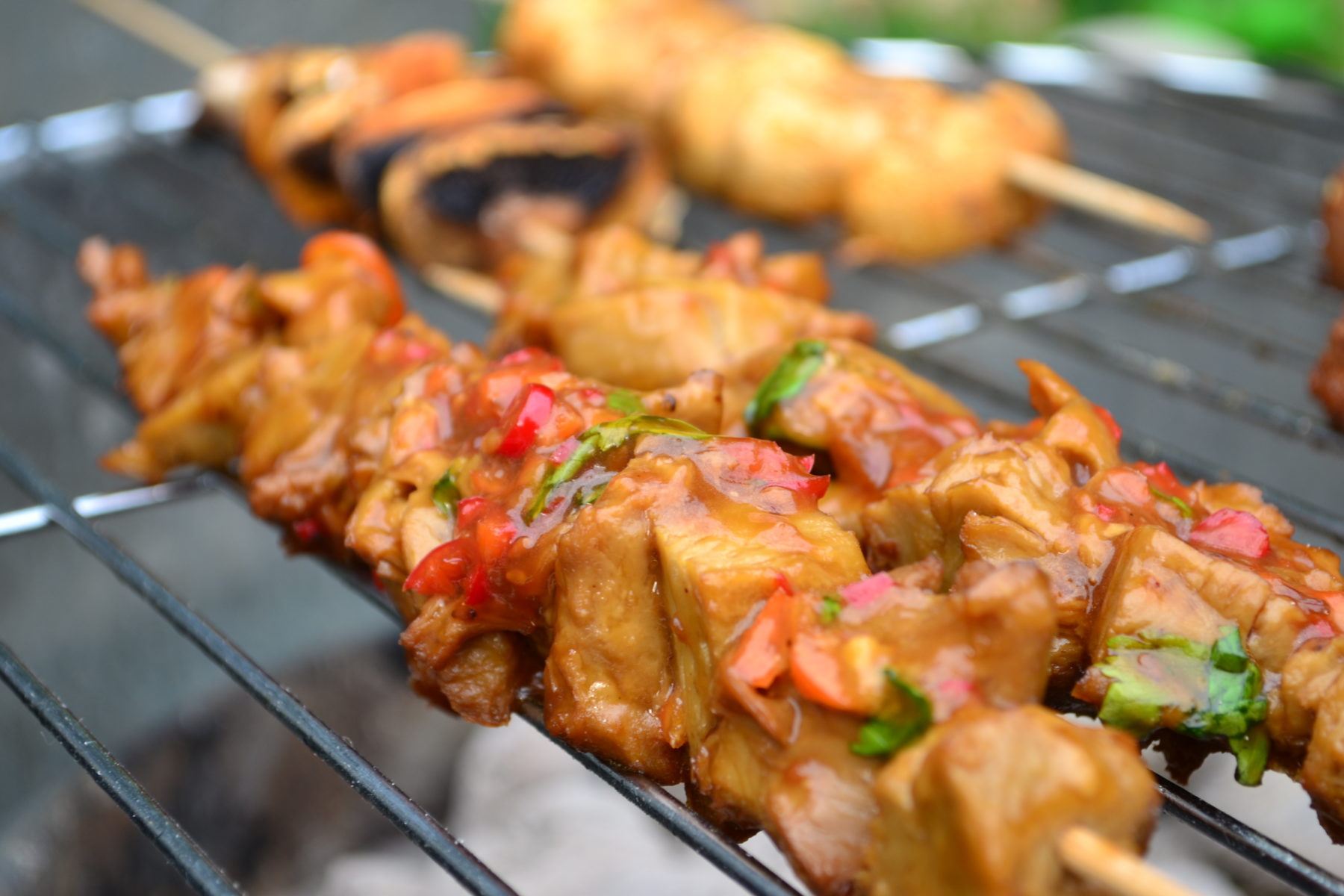
Seitan Recipes
Now you know how to cook seitan, are you ready to get stuck in? Here are some of our favourite dishes to make with this versatile ingredient.
- Sweet Spiced Seitan Skewers
- Maccheroni With Seitan Ragu
- Seitan Fried Chick’n
- BBQ Seitan Ribs
- Seitan Stir Fry
- Epic Seitan Sandwich
For more tips on making plant-based meals, check out these vegan cooking hacks.

